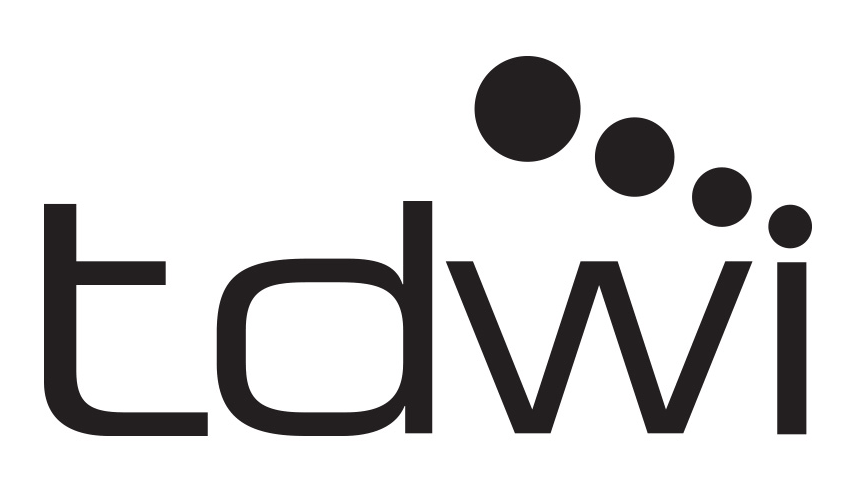What's New
Go to:Eagles owner Jeffrey Lurie has long had an analytics team in place. What was missing was a coach that also believed, adopted and inspired his players to become data-driven. With Doug Pederson on the sidelines guiding the team, analytics gave the Eagles a competitive advantage throughout the season and in Super Bowl LII. The Eagles…
Joe is a member at a retail discount chain. Membership gets him significant discounts on all sorts of products from tires to televisions to the cheap cup of coffee he picks up daily on his way in to work. The only problem for Joe is that every time he orders a coffee, the cashier asks…
Lippo Group is a prominent conglomerate with significant investments in digital technologies, education, financial services, healthcare, hospitality, media, IT, telecommunications, real estate, entertainment and retail. Lippo Group has a large global footprint around the world, with properties and services not only in Indonesia, but also in Singapore, Hong Kong, Los Angeles, Shanghai, Myanmar, and Malaysia.…
As GPUs become the standard compute fabric for the enterprise, we’re hearing more questions around operationalization of workloads on Kinetica. For workloads which are unpredictable in terms of time, an always-on Kinetica instance makes complete sense. However, for workloads which have predefined compute intervals and are ephemeral in nature, you may want to prop up…
Infusing business analytics based apps with AI isn’t easy. Today the world of AI is quite disconnected from the world of business analytics today. To converge the two, you need to master the entire AI pipeline, from data wrangling to modeling to actually operationalizing the models in order to deploy them within the application to…








